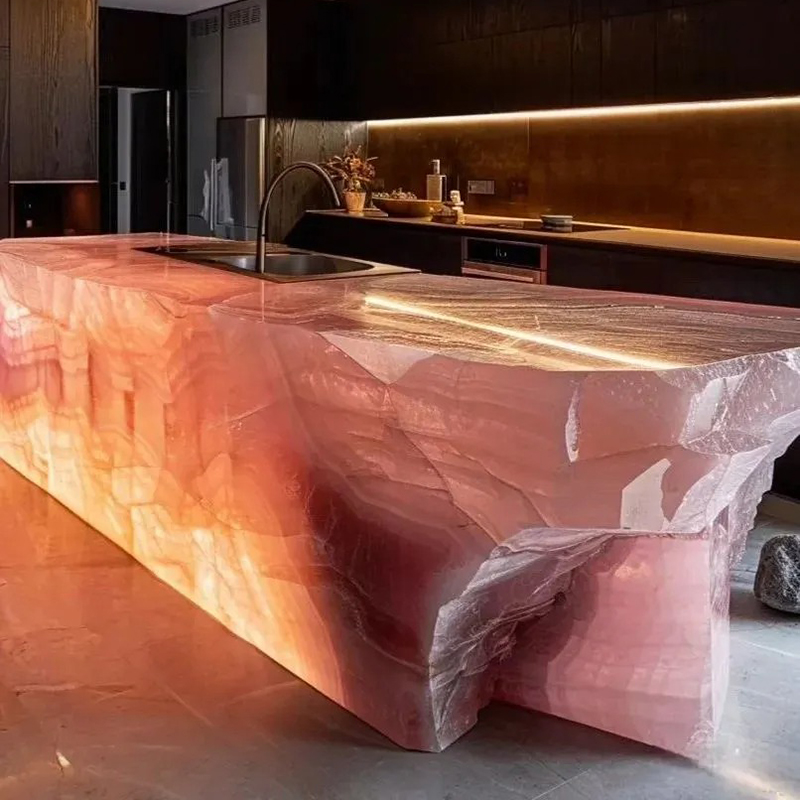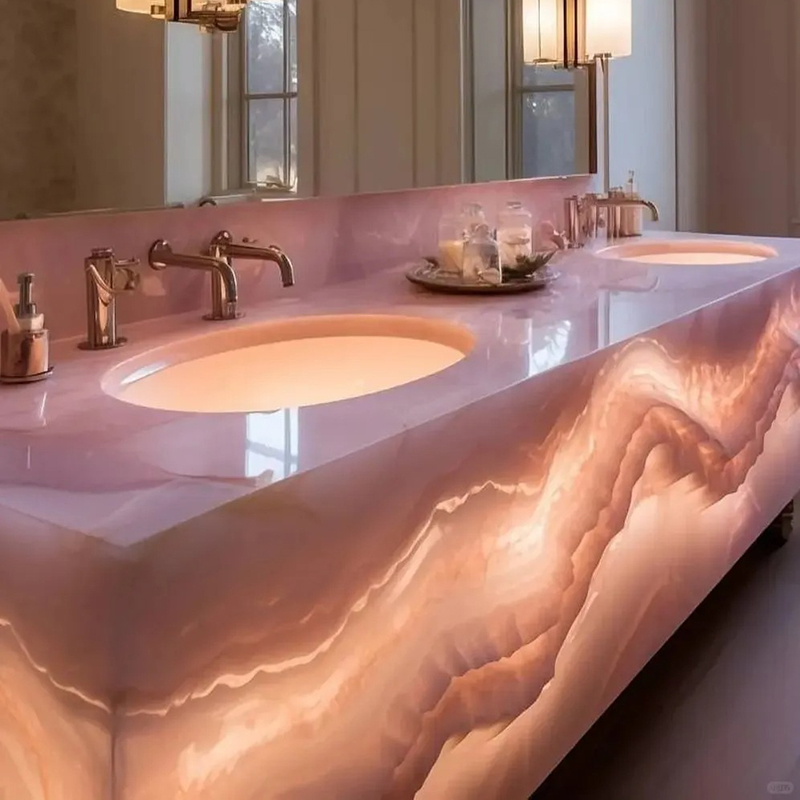In an era where interior design increasingly prioritizes sustainability and authenticity, natural jade has emerged as a captivating material for architects, designers, and homeowners seeking to infuse spaces with elegance and permanence. Long revered in Eastern cultures for its symbolic and healing properties, jade is now redefining modern interiors through its versatility, durability, and unparalleled beauty.
Why Onyx? The Allure of Nature’s Masterpiece
Jade, a metamorphic rock comprising primarily jadeite or nephrite, boasts a unique combination of qualities:
- **Aesthetic Depth**: Its translucent hues—ranging from emerald green to lavender, white, and even black—create striking visual textures. Subtle veining and natural imperfections tell a story of Earth’s artistry.
- **Durability**: With a hardness rating comparable to quartz, jade resists scratches and wear, making it ideal for high-traffic areas.
- **Thermal Stability**: Jade maintains its temperature, offering a cool, soothing touch—a trait celebrated in countertops, flooring, and furniture.
- **Cultural Resonance**: Associated with harmony and prosperity, jade adds a layer of meaning to spaces, aligning with the growing desire for mindful design.
Onyx in Architectural Applications
1. **Countertops and Surfaces
Jade slabs are increasingly used for kitchen islands, bathroom vanities, and tabletops. Their non-porous surface resists stains and bacteria, while the stone’s natural luster eliminates the need for excessive polishing. A jade countertop becomes both a functional surface and a conversation piece.
2. **Wall Cladding and Flooring
Jade tiles, whether polished or honed, transform walls and floors into art installations. Backlit jade panels in lobbies or bathrooms amplify its translucency, casting ethereal glows. For flooring, jade’s density ensures longevity, even in commercial spaces.
3. **Decorative Accents
From jade-inlaid mosaics to sculptural room dividers, smaller jade elements introduce luxury without overwhelming a space. Designers often pair jade with wood or metal to balance opulence with warmth.
Jade in Furniture Design
Innovative furniture makers are embracing jade as a statement material:
- **Tables and Benches**: Slabs of jade serve as tabletops or bench seats, juxtaposing raw stone with minimalist metal frames.
- **Cabinetry**: Jade veneers or inlays add subtle sophistication to cabinets and drawers.
- **Lighting**: Carved jade pendant lamps diffuse soft, organic light, merging function with sculptural artistry.
Sustainability Considerations
As a natural stone, jade is inherently eco-friendly compared to synthetic materials. However, responsible sourcing is critical. Designers are urged to collaborate with suppliers who adhere to ethical mining practices and prioritize reclaimed or recycled jade.
Challenges and Care
While jade is durable, its weight and cost require thoughtful planning. Professional installation is recommended for large-scale projects. Routine maintenance involves gentle cleaning with pH-neutral solutions to preserve its finish.
Conclusion: The Future of Jade in Design
Jade’s timeless appeal bridges tradition and innovation, offering a sustainable alternative to conventional materials. As technology enhances extraction and fabrication techniques, this ancient stone is poised to become a cornerstone of luxury interiors—proving that true beauty is, indeed, set in stone.






